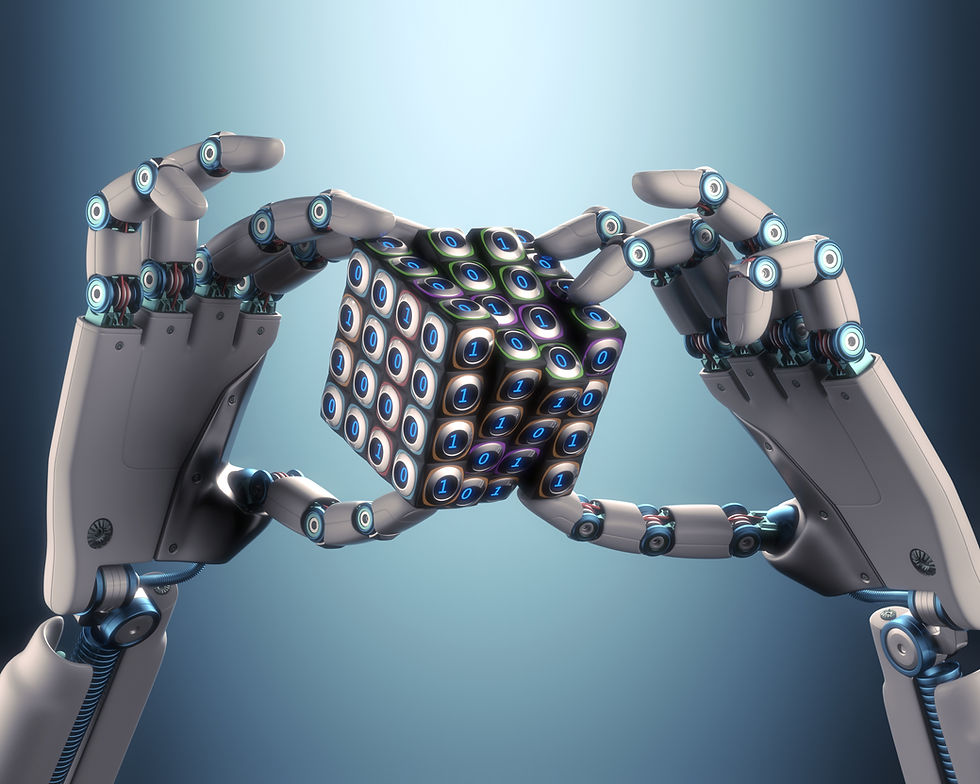Evolution of the Product Context
- Karan Kamal
- Oct 5, 2021
- 3 min read
Exponential improvements in computing power, proliferation of connectivity and cloud technology, and advances in sensor miniaturization have paved the way for Smart Products.
As products get increasingly commoditized and customer expectations rapidly evolve, product manufacturers are leading the way in adopting digital technologies to differentiate themselves.
We are now witnessing the evolution of pure mechanical and electrical products towards a more complex multidisciplinary context of digital enabled- electromechanical products. This convergence has also laid the foundation for embedded systems which will drive the next wave of smart products.
GE, a manufacturer of aeroengines, turbines and medical imaging equipment has pivoted it traditional product strategy and today sells smart, connected and intelligent versions of the same equipment along with new services built upon the enormous amounts of data generated by such machines.
Another popular example is Caterpillar which offers a wide range of services built on top of the its connected product portfolio. Cat® Product Link, a remote tracking and monitoring service provides clients with real-time updates on the location of equipment, and preventative maintenance monitoring of components to extend the product life and reduce downtime.
This pattern extends across all major global companies. The context of Products in today’s worlds is undergoing a paradigm shift on multiple fronts:
1. Hardware to Software
Traditional manufacturing companies face a future that requires them to transform into digital companies capable of designing, developing and delivering software capabilities that will enable them to extract value from data made available by connected devices. This transition to software will not only enable newer avenues for commercial value but also help design better products and offer personalized aftermarket services.
Software today is an integral part of organization product strategy and is being leveraged in three broad ways:
‘Embedded in and indistinguishable from the hardware’– also known as complete digitalization of the physical product
Independent add-on feature, built into the physical product; and
Standalone software enabled services (independent of the product; but made available as a result of product usage data)
The general transition from hardware to software can be observed easily in the automotive industry, where the inherent value of the vehicle is shifting away from mechanical hardware and towards software functionalities and software enabled value-added services. On average, today’s production vehicles run anywhere between 20-30 million lines of code and have more than 80 microprocessors. In the near-term this is expected to grow to over 100 million lines of software code and an increasing share of the automaker revenue will be generated through its software offerings.
2. Physical products to Smart connected systems
Aristotle was certainly right when he said, “the whole is greater than the sum of its parts”. Once composed solely of individual physical products performing fixed individual tasks, today’s world is full of products that work together in complex, connected ecosystems. As a result, these ecosystems are creating combined value and facilitating a wide range of use cases that far exceed the value of each of its individual components.

3. Products to Services (Servitization)
The transition from products to services (Servitization) is not a new concept. The concept of bundling service packages with products has been practiced for over four decades. But it is more relevant and imperative in today’s context than ever before. The growing competition, lower margins and rapid commoditization of products is influencing manufacturers to seek avenues beyond the conventional route of offering cheaper products to beat competition. The changing consumer mindset along with the opportunities enabled by emergence of Internet of Things (IoT), AI and advanced sensor technologies, makes ‘Servitization’ a differentiating value proposition. Servitization reduces the dependency on traditional sales channels to maintain top-line growth by directly linking revenue generation to alternate channels such as asset availability, product reliability and product performance.
This strategy is especially critical in low sales cycles, where manufacturers can wrap services around their products and sustain themselves through alternate revenue channels. Servitization of products helps create tremendous value for companies:
It creates a completely new product value paradigm and helps lock in long-term customer relationships
It creates a significant competitive advantage, specifically in areas where the need for product differentiation is critical
It enhances customer experience through its ability to offer more customized and personalized services
Undeniably, the era of Smart, connected products is here. Firms that can identify right opportunities and reimagine their product roadmap can get a head start to strengthen their competitive advantage. In the end, it is customer-centric innovative product companies that will win.



Comments